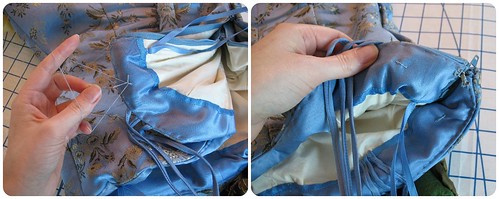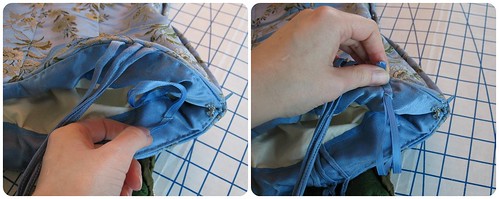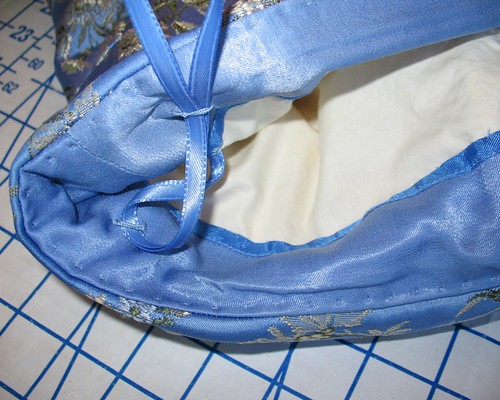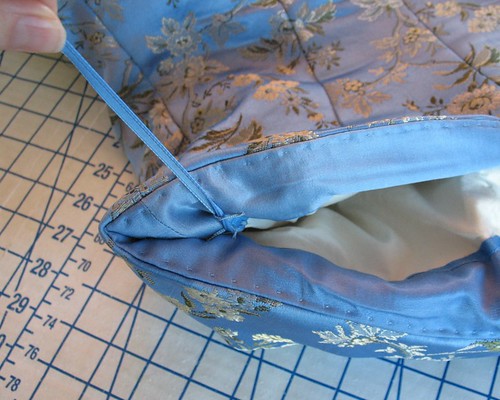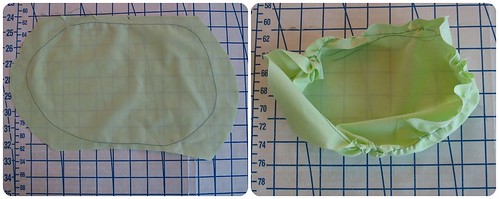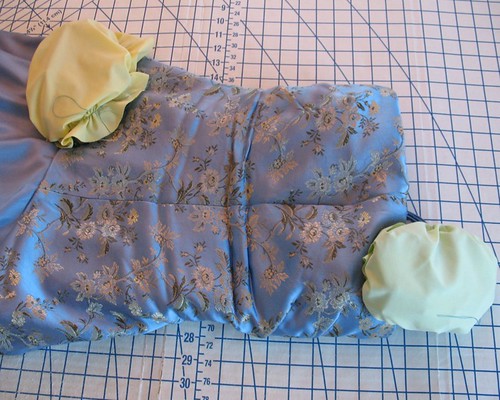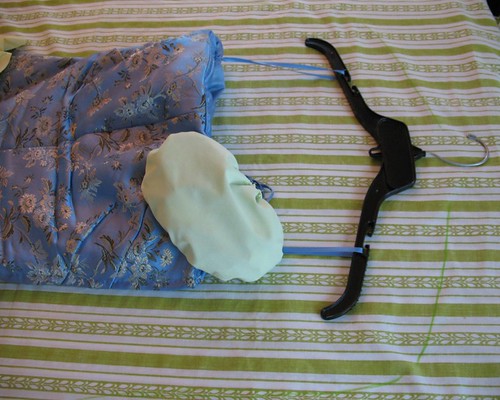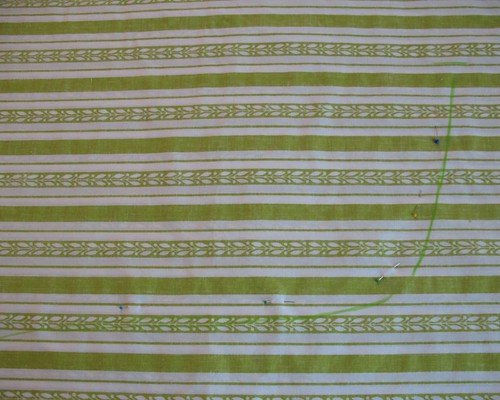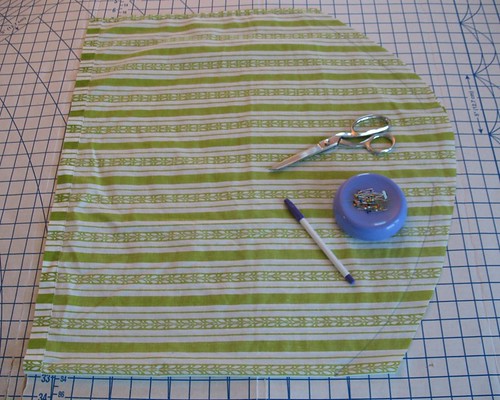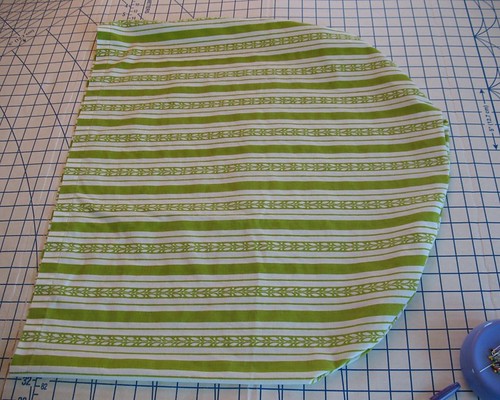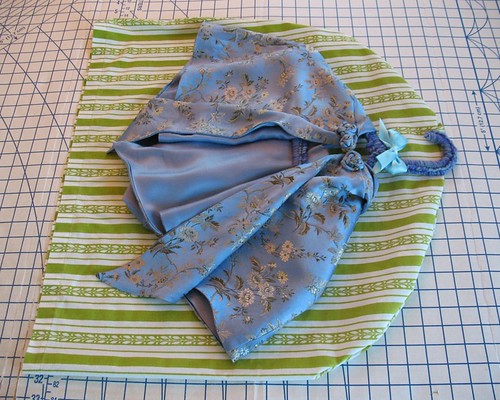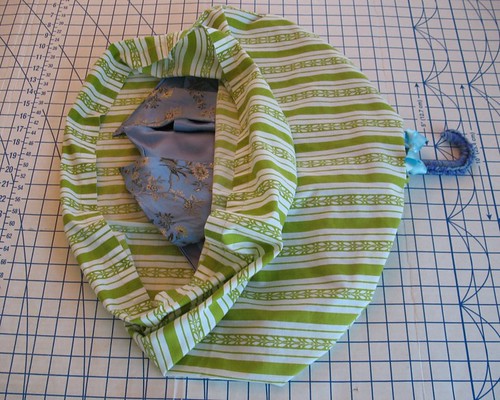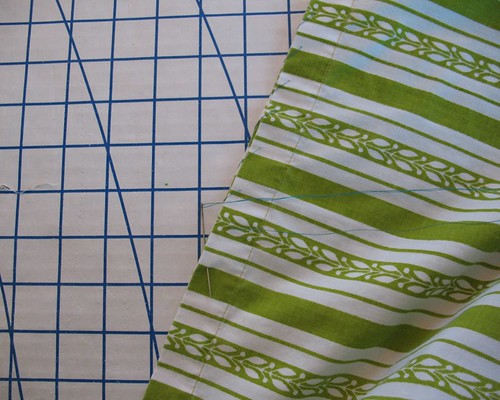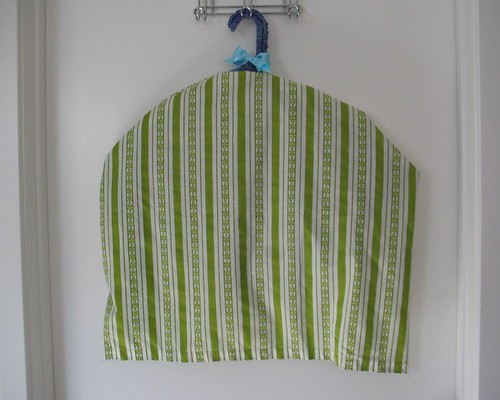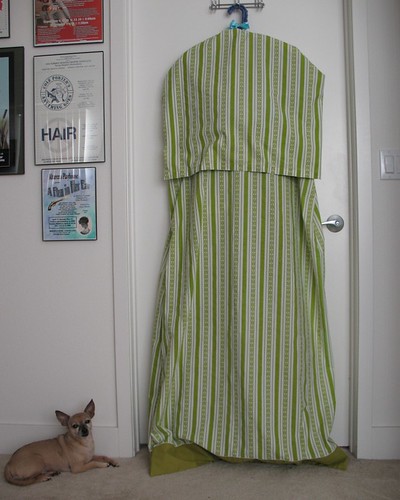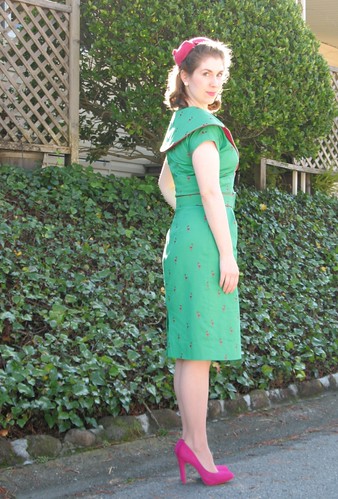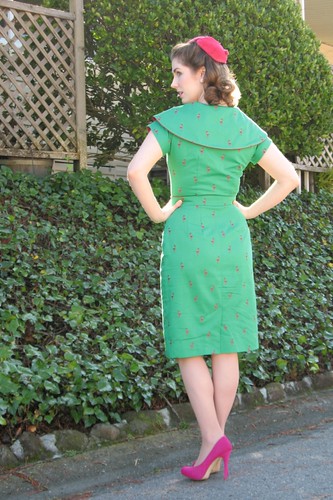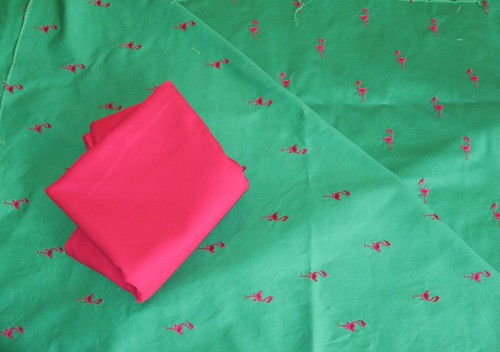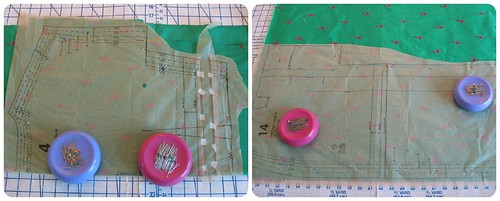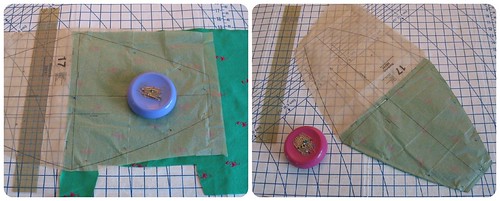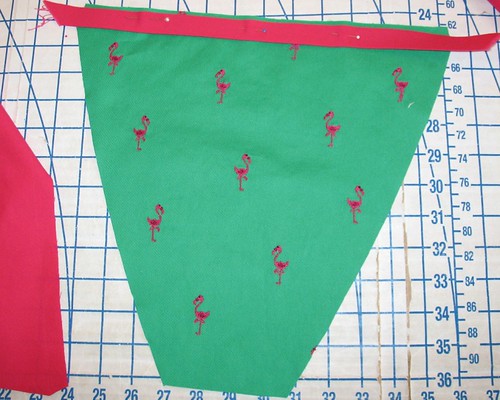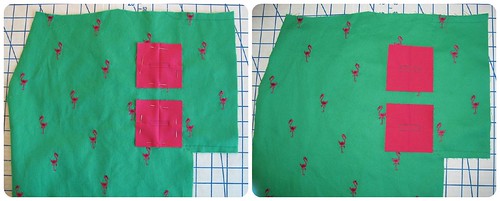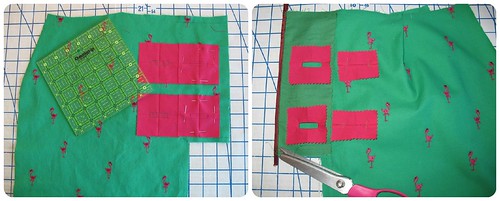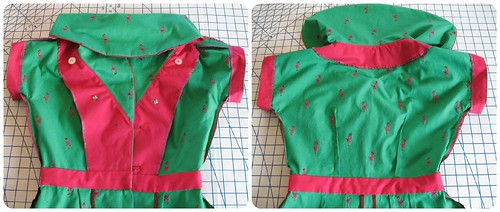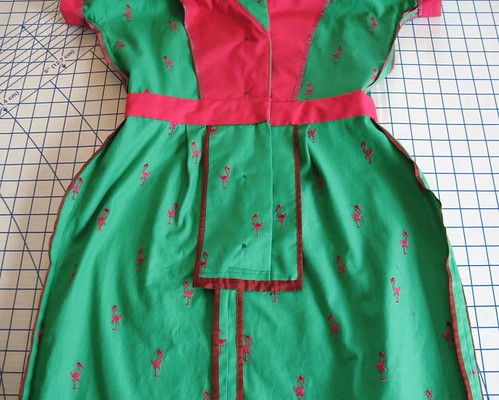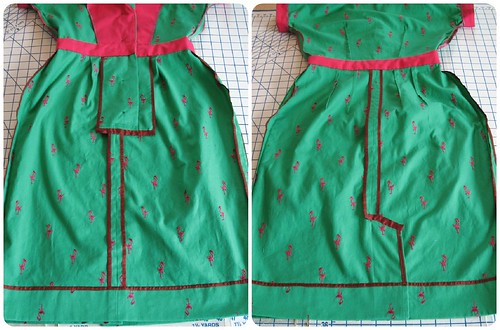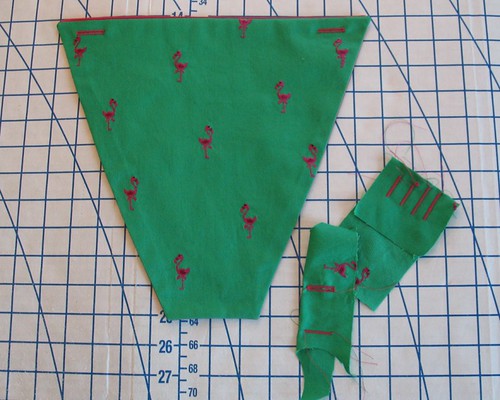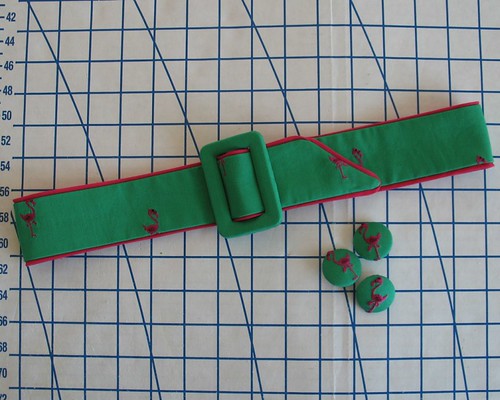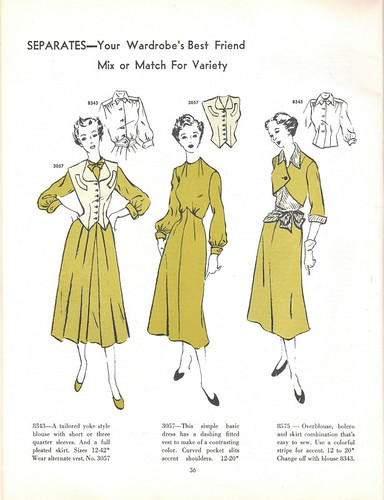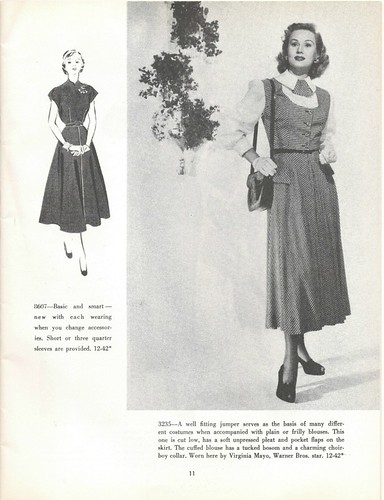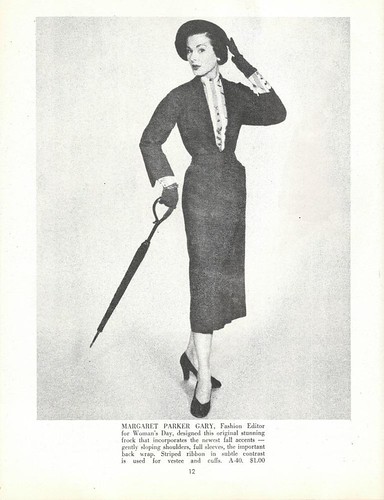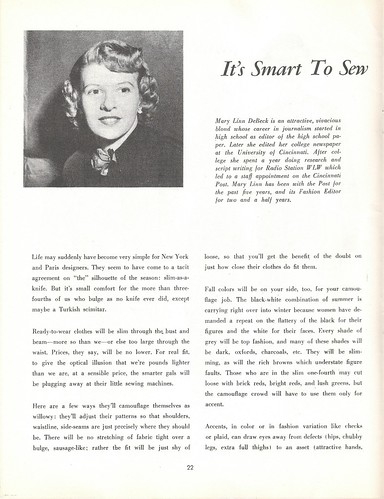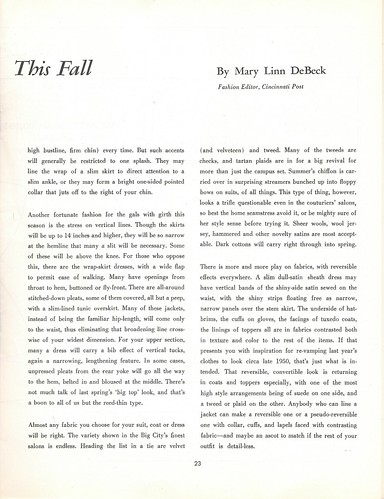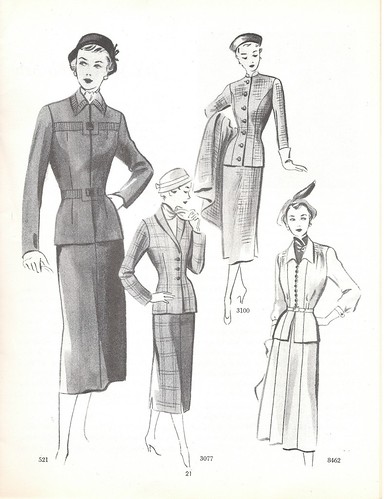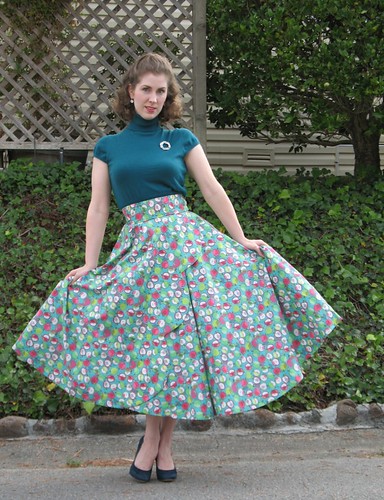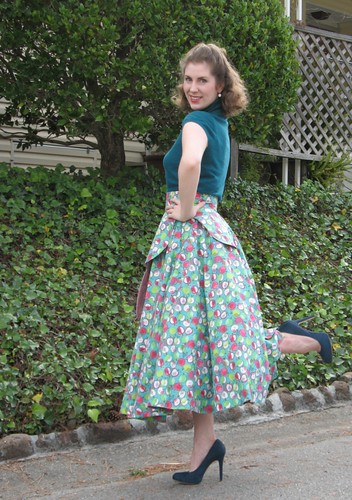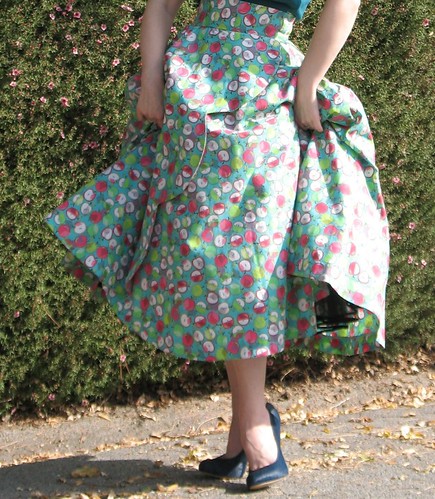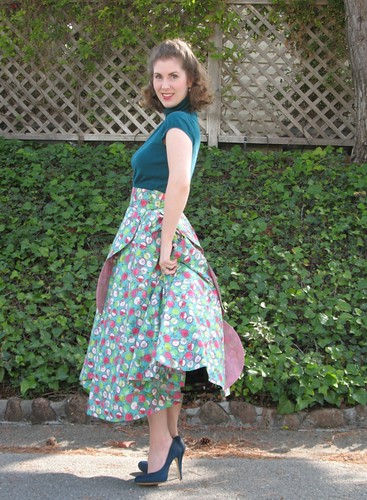Katrina recently asked how I store my gowns, and I thought some
of you might also be interested.
First off, there has to be a way to hang the gown that is
not going to mar the dress. For instance,
using skirt hanger clips to hang a strapless dress may leave permanent
marks. Some beaded gowns need to be laid
flat and stored that way because the delicate fabric cannot take the weight of
the beads.
Threads has an excellent tutorial on how to hang special
garments.
For this gown, I applied ribbon hangers that are attached to
the corselette. The cotton ticking is
sturdy and will not stretch or distort.
I made four thread tacks.
The ribbon hangers are threaded through one front and back tack so that
the bodice does not fall forward.
I am incredibly lucky to have two closets to store my rather
large collection of clothing.
Unfortunately, they both have two to three feet of space that is
basically inaccessible because the doors/opening stops short of the actual space (it probably has
something to do with bearing walls, etc).
Silly structural issues. Someday I
will have a walk in closet . . . pretty, pretty please!
This difficult to access space is the perfect place for storing clothing that is rarely worn, like a formal gown. But satins and brocades are easily marred. A simple lump of drywall on the interior wall
of a closet can catch a thread and easily ruin a dress while being taken in or out.
My solution is easy – cover them up! But not with those clear plastic garment bags that are
available for purchase.
Plastic is a TERRIBLE way to store clothing. Just because dry cleaners use plastic bags, does not
mean they are suitable for long term storage.
If any moisture exists, mildew is inevitable. And the static may actually attract dirt and
dust.
An old sheet is a great alternative, and you probably
have an extra lying around, or can find one at a thrift store for a few dollars. A quick run through the wash, and you have a
large amount of fabric to work with. [A pillowcase may work nicely for smaller items - just cut a small hole to allow for a hanger to slip through.]
But before starting on the garment bag for this dress, I made mini-covers for
the two beaded corsages with leftover sheet from my self-made garment bag that covers last year's gala gown. Hopefully this
will keep the flowers in place so no wires get bent out of shape.
To make the covers, I placed the cotton over the corsage and traced around the outside edges with a fabric pen. I then ran a line of basting just outside the drawn line. Once the threads are pulled up, each corsage has a mini mop cap.
There is no need to be scientific about measurements. With your garment on a hanger, lay it on top
of the folded sheet with right sides together.
With a line of pins, or a fabric pen, mark the outline of the dress,
taking into account the extra length required by the hanger.
Make sure not to squish any full skirts. Give them plenty of room to drape naturally
on the hanger.
Leave an opening so that the hanger fits through.
Put the dress aside and stitch along the outline you have
created.
Turn the cover right side out.
Pull the new garment bag over your dress.
I whipstitch the bottom edge. This could be sewn with a machine,
but hand stitches will be much easier to take out when the time comes to uncover the garment.
This may not be the most beautiful way to store your
garments, but it will do a great job protecting them.
Any leftover sheet can be used for your next project muslin! In this case, I used the leftovers to make my capelet a matching garment bag(let).
Is this necessary? Probably not. But after spending goodness knows how many hours creating the gown, I might as well spend an extra hour protecting her. (The chihuahua sentinel is optional.)

